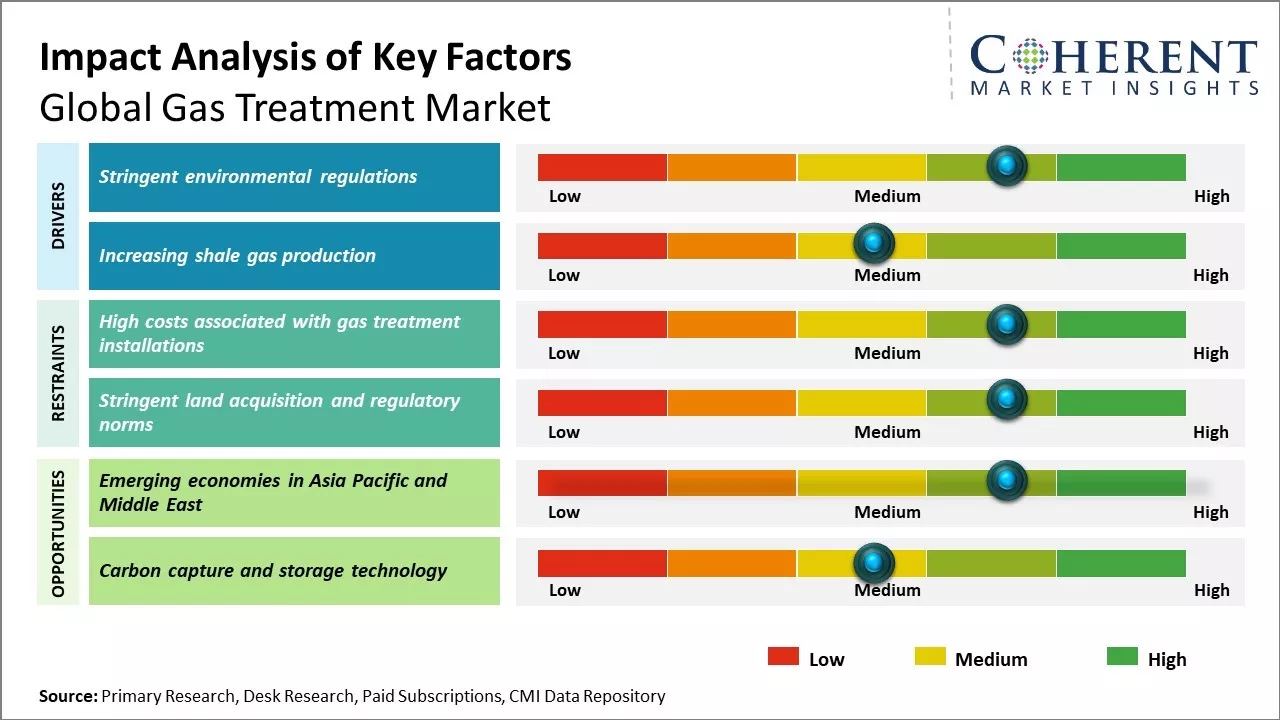The global gas treatment market is estimated to be valued at USD 5.51 Bn in 2025 and is expected to reach USD 8.19 Bn by 2032, exhibiting a compound annual growth rate (CAGR) of 5.8% from 2025 to 2032.

To learn more about this report, Request sample copy
The demand for gas treatment is expected to increase over the coming years due to rising energy needs and strict emission norms globally. Gas treatment helps improve gas quality, meets specification standards, and reduces emission levels from industrial facilities and power plants. Various technologies such as amines, molecular sieves, and hydrate inhibitors are being adopted to comply with regulations and optimize process performance. Key players are investing in R&D to develop more efficient and economical treatment solutions to expand in high growth markets. New gas fields development as well as rising LNG trade will further drive the need for effective gas purification systems and boost volume sales of gas treatment products until 2031.
Stringent environmental regulations
With growing concerns over the environmental impact of industrial operations, regulatory bodies across the world have instituted increasingly stringent standards to curb harmful emissions. Industries that involve the use of natural gas require specialized treatment of the raw fuel stream to remove impurities before it can be safely utilized within processing facilities or distributed via transmission pipelines. The gas treatment market has seen steady growth as regulatory compliance has become imperative to continued operations.
Countries and regions at the forefront of the push for lower carbon footprints have introduced resource-protective legislations. This has made the installation of gas treatment systems compulsory for major industrial verticals. Strict environmental norms around the release of toxic substances such as sulfur, mercury, and carbon into the atmosphere are driving the need for sophisticated absorption, adsorption and membrane separation equipment. Gas treatment helps achieve the emission reductions mandated by authorities, allowing businesses across energy, petrochemicals and manufacturing to adhere to legal stipulations. With non-compliance inviting heavy penalties, companies are proactively retrofitting their pipeline infrastructure and optimizing existing plants to meet updated emissions standards.
As the policy push for cleaner energy gather pace globally, more stringent environmental rules governing natural gas processing can be expected to be enforced in the coming years. Moreover, tighter restrictions would translate into higher investment in technology and equipment upgrades needed to scrub impurities from gas streams before end-use or transmission. This growing regulatory pressure is a key factor supporting the continued market opportunity for gas treatment system providers. Their solutions enable compliant operations across major gas-consuming sectors by aiding the removal of regulated substances from the fuel stream.
Joining thousands of companies around the world committed to making the Excellent Business Solutions.
View All Our Clients